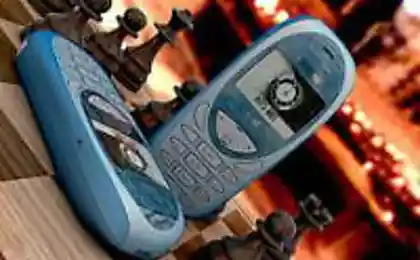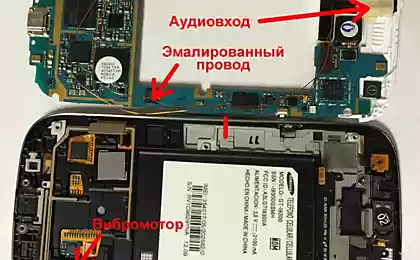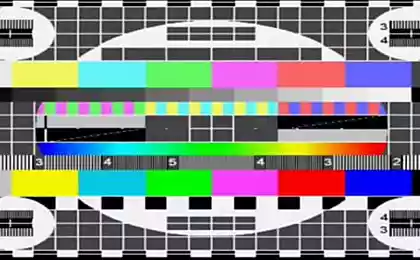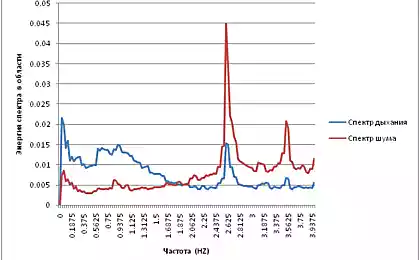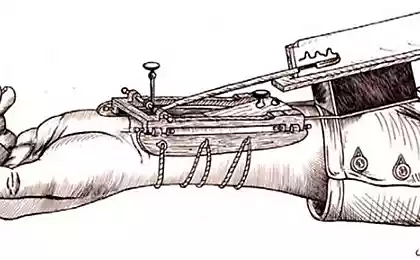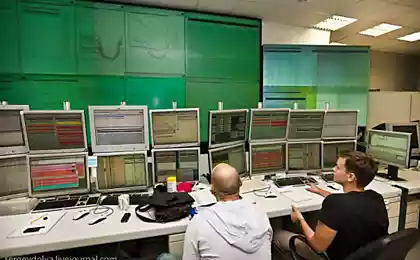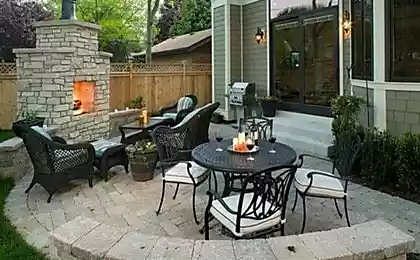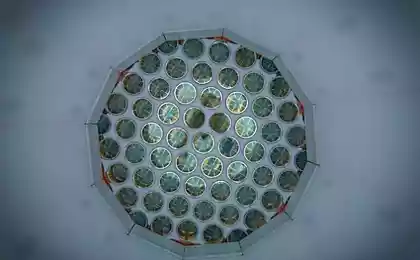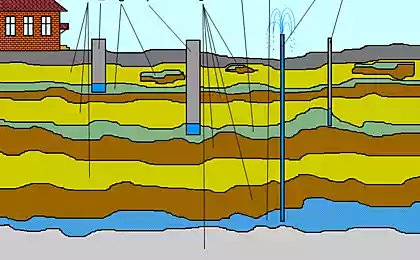678
How to strengthen a cell phone signal for Internet at the cottage
Determine the cause of the failure of the cellular networkto the Residents of cottage settlements remote from the city limits, the problem of poor cellular coverage familiar. It seems the area is quite respectable, and the infrastructure is generally good, and the mobile connection is constantly failing. This is understandable: low population density makes installing new repeaters unprofitable, and is ready for a modern new building?
The situation may be complicated by folds of the terrain, trees, high voltage power lines and other obstacles that shield the signal interference or beat him. And the conditions in the house of the subscriber are not always favorable: the house may be in the valley, the modem/phone is below ground level. Walls can be thick and dense, the exterior can be made of metallic sheet materials — all this hinders the penetration of the radio signal.
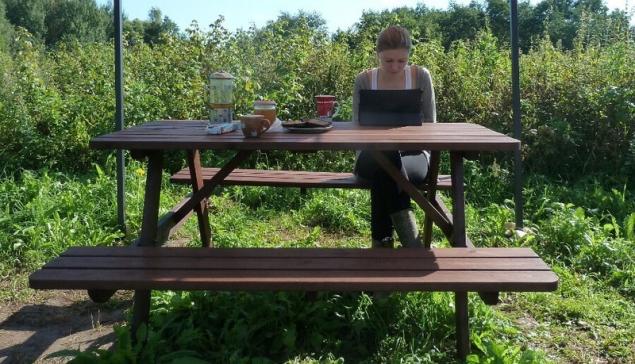
Also common difficulty with acceptance due to low noise immunity of the devices. Microwave ovens and power equipment operating in the microwave range, can create an incredible amount of interference and to suppress not only cellular, but also local wireless networks.
In rare cases, the problem lies in the settings of the base station. Here it is, in the line of sight, but the signal is still weak even on the street. In this case, the question is solved only collective (petition) contacting the cellular company, in response to which the operator carries out the reconfiguration of the station and modulates the signal in accordance with the newly discovered "blind zone" in the coating.
The recommended deletion of BS for different types of signalIn an open area the station provides the identification of the phones in the range of 40-50 km, but the stable reception is possible only within a radius of about 30 km from the tower. There is another subtlety, namely that the station is not just a broadcaster of a radio signal, like FM receivers. Mobile broadband connection, that is, the signal can be transmitted on a different frequency, depending on the type of transmission (SMS, calls, Internet streaming), plus the exchange of signals occurs bilaterally.
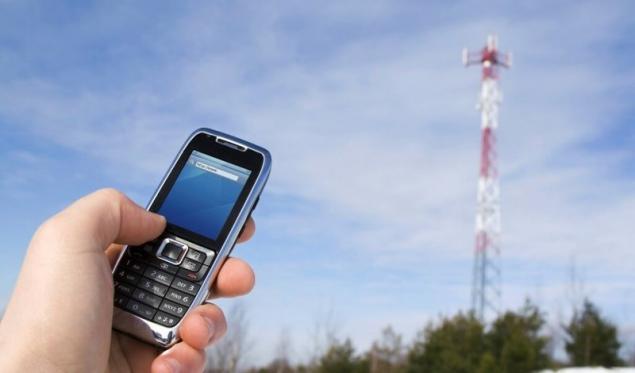
The more established the connection speed, the higher the transmission frequency, and the higher the frequency the less the distance that a radio wave can propagate in a solid medium. This explains the tolerable quality of voice GSM calls in the absence of 3G coverage, for which the transceiver is forced to work at a higher frequency.
The first and obvious way to establish a normal link — a call to a call center service provider with the requirement to optimize the connection parameters. So you can weed out a whole layer of problems related to incorrectly configured equipment. If did not help — welcome to the world of amplifiers, repeaters, receiving and transmitting antennas.
Whether "folk" methods of enhanceFingering should back the purchase of the aforementioned for signal amplification, one wonders: is it possible to collect a handy device that if you are not able to provide reliable reception and transmission, at least a little to improve the situation?
Unfortunately, if we are talking about the mobile phone, cannot do anything about it. The signal from the base station you may be able to strengthen, but the power of the built in transmitter of the telephone to provide feedback is still not enough.
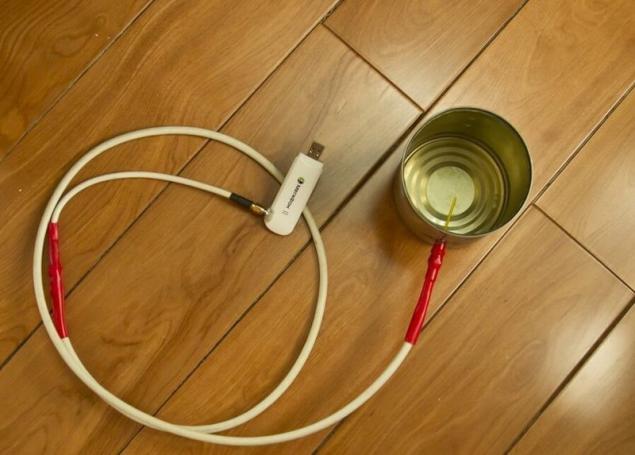
With modems the situation is somewhat simpler. Their transmitter is less limited in capacity for the reason that the device is not mobile and save battery life makes no sense. That is, in theory, the situation can be improved by the construction of a directional antenna, but this is only in theory: manufacturers of modems and many details of their technical implementation are very different.
For signal amplification you will need thin copper wire, for example, from transformer household power supply or broken cell phone charger. One end is soldered to the bottom of aluminum cans, the top of which cut and edge disbanded "Daisy". The Bank is installed outside the building as high as possible, preferably to impale it on a long nail to allow rotation in the direction of the signal source.
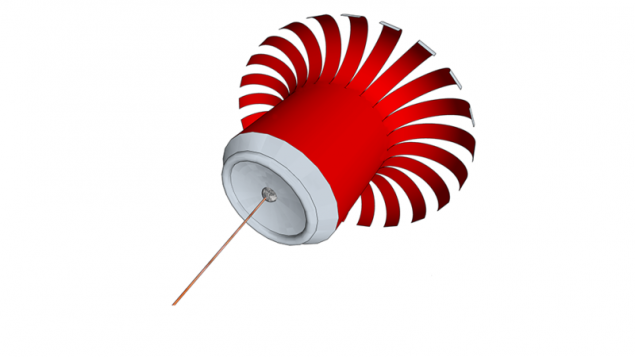
From a makeshift antenna cable is routed along the shortest path receiving and transmitting device- the modem and the phone. The wire should be smooth, without corners and sharp bends — they increase the resistance of the conductor and the folds and coils to form distorting filters.
In the case of modem you need to remove the housing and wound around the regular antenna 4-5 turns of wire. The antenna itself can be in the form of copper strip or plot of the PCB with a zig-zag path, do not forget to pre-isolate the modem from the wire strip of polyethylene cut from a disposable package.
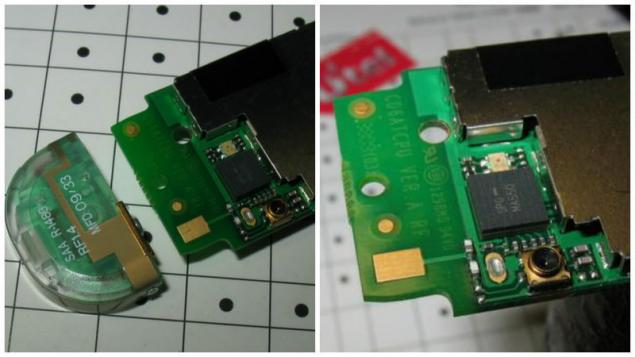
Some phones of the old generation are also subject to similar modifications. Need to find a GSM antenna which has the appearance of a shiny brass cylinder with a diameter of about 2 mm with a small hole in the center. Hidden antenna can be under the battery cover, and deep in the bowels of the device. The hole in the center — test socket for temporary connection of an external antenna, it does not stick you need, otherwise there is a risk to overload the transmitter. Instead, wire tie self locking loop and throw it on the surface of the metal cylinder.
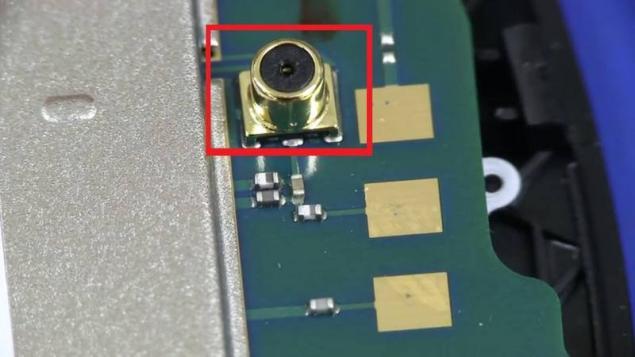
Of course, such methods are conventionally related to passive gain, no guarantee of success. They're good except as a way of transmission of the signal from the street into the building if it is implicit reason does not penetrate. But there are methods that are able to provide you incredible speed even at a great distance from the base station.
The installation of the receiving antenna and repeaterIn the standard active gain is included three devices:
Each of the (donor) antenna is very similar to television, but the dimensions of its elements is designed to receive waves with length corresponding to the frequency of cellular communication. To install the receiving antenna need as high as possible and away from strong sources of RF interference. It is usually mounted on the roof ridge, but not necessarily below the lightning rod, for isolating the set of active amplification, as a rule, has not.
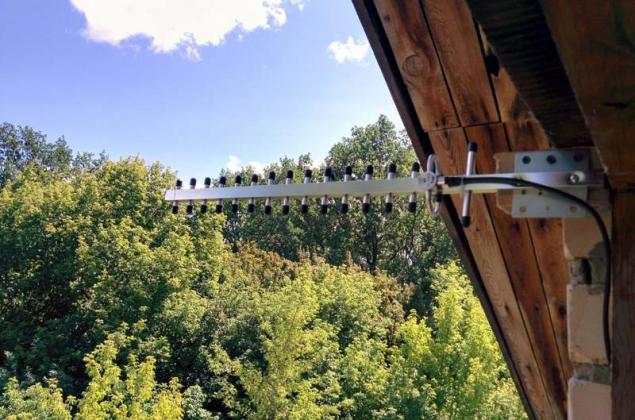
Repeater (repeater) signal has received from the antenna a weak signal, cleans it of all unnecessary and strengthens enough to provide coverage in a small area. To set the repeater can be anywhere in the chain, but usually it is placed as close to the output ground loop if the function molniezaschita grounding is provided in the design.
Internal antenna is used for transmission of the amplified signal from the repeater and receiving the signal from the phone and transfer it to the base station back through the repeater and donor antenna. As you can see, the pattern is quite simple and evident, but the internal antenna must be placed at a sufficient distance from the donor and, preferably, to between them there was line of sight, otherwise the mechanism of suppressing the self-radiation of the complex will not operate normally.
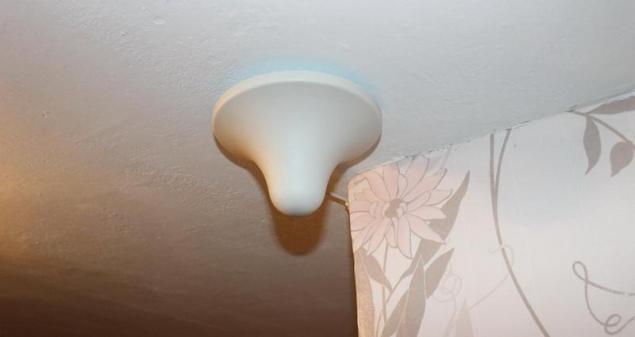
published
Source: www.rmnt.ru/story/electrical/1199703.htm
The situation may be complicated by folds of the terrain, trees, high voltage power lines and other obstacles that shield the signal interference or beat him. And the conditions in the house of the subscriber are not always favorable: the house may be in the valley, the modem/phone is below ground level. Walls can be thick and dense, the exterior can be made of metallic sheet materials — all this hinders the penetration of the radio signal.

Also common difficulty with acceptance due to low noise immunity of the devices. Microwave ovens and power equipment operating in the microwave range, can create an incredible amount of interference and to suppress not only cellular, but also local wireless networks.
In rare cases, the problem lies in the settings of the base station. Here it is, in the line of sight, but the signal is still weak even on the street. In this case, the question is solved only collective (petition) contacting the cellular company, in response to which the operator carries out the reconfiguration of the station and modulates the signal in accordance with the newly discovered "blind zone" in the coating.
The recommended deletion of BS for different types of signalIn an open area the station provides the identification of the phones in the range of 40-50 km, but the stable reception is possible only within a radius of about 30 km from the tower. There is another subtlety, namely that the station is not just a broadcaster of a radio signal, like FM receivers. Mobile broadband connection, that is, the signal can be transmitted on a different frequency, depending on the type of transmission (SMS, calls, Internet streaming), plus the exchange of signals occurs bilaterally.

The more established the connection speed, the higher the transmission frequency, and the higher the frequency the less the distance that a radio wave can propagate in a solid medium. This explains the tolerable quality of voice GSM calls in the absence of 3G coverage, for which the transceiver is forced to work at a higher frequency.
The first and obvious way to establish a normal link — a call to a call center service provider with the requirement to optimize the connection parameters. So you can weed out a whole layer of problems related to incorrectly configured equipment. If did not help — welcome to the world of amplifiers, repeaters, receiving and transmitting antennas.
Whether "folk" methods of enhanceFingering should back the purchase of the aforementioned for signal amplification, one wonders: is it possible to collect a handy device that if you are not able to provide reliable reception and transmission, at least a little to improve the situation?
Unfortunately, if we are talking about the mobile phone, cannot do anything about it. The signal from the base station you may be able to strengthen, but the power of the built in transmitter of the telephone to provide feedback is still not enough.

With modems the situation is somewhat simpler. Their transmitter is less limited in capacity for the reason that the device is not mobile and save battery life makes no sense. That is, in theory, the situation can be improved by the construction of a directional antenna, but this is only in theory: manufacturers of modems and many details of their technical implementation are very different.
For signal amplification you will need thin copper wire, for example, from transformer household power supply or broken cell phone charger. One end is soldered to the bottom of aluminum cans, the top of which cut and edge disbanded "Daisy". The Bank is installed outside the building as high as possible, preferably to impale it on a long nail to allow rotation in the direction of the signal source.

From a makeshift antenna cable is routed along the shortest path receiving and transmitting device- the modem and the phone. The wire should be smooth, without corners and sharp bends — they increase the resistance of the conductor and the folds and coils to form distorting filters.
In the case of modem you need to remove the housing and wound around the regular antenna 4-5 turns of wire. The antenna itself can be in the form of copper strip or plot of the PCB with a zig-zag path, do not forget to pre-isolate the modem from the wire strip of polyethylene cut from a disposable package.

Some phones of the old generation are also subject to similar modifications. Need to find a GSM antenna which has the appearance of a shiny brass cylinder with a diameter of about 2 mm with a small hole in the center. Hidden antenna can be under the battery cover, and deep in the bowels of the device. The hole in the center — test socket for temporary connection of an external antenna, it does not stick you need, otherwise there is a risk to overload the transmitter. Instead, wire tie self locking loop and throw it on the surface of the metal cylinder.

Of course, such methods are conventionally related to passive gain, no guarantee of success. They're good except as a way of transmission of the signal from the street into the building if it is implicit reason does not penetrate. But there are methods that are able to provide you incredible speed even at a great distance from the base station.
The installation of the receiving antenna and repeaterIn the standard active gain is included three devices:
Each of the (donor) antenna is very similar to television, but the dimensions of its elements is designed to receive waves with length corresponding to the frequency of cellular communication. To install the receiving antenna need as high as possible and away from strong sources of RF interference. It is usually mounted on the roof ridge, but not necessarily below the lightning rod, for isolating the set of active amplification, as a rule, has not.

Repeater (repeater) signal has received from the antenna a weak signal, cleans it of all unnecessary and strengthens enough to provide coverage in a small area. To set the repeater can be anywhere in the chain, but usually it is placed as close to the output ground loop if the function molniezaschita grounding is provided in the design.
Internal antenna is used for transmission of the amplified signal from the repeater and receiving the signal from the phone and transfer it to the base station back through the repeater and donor antenna. As you can see, the pattern is quite simple and evident, but the internal antenna must be placed at a sufficient distance from the donor and, preferably, to between them there was line of sight, otherwise the mechanism of suppressing the self-radiation of the complex will not operate normally.

published
Source: www.rmnt.ru/story/electrical/1199703.htm
How to make attic stairs with their hands
How to make a beautiful basket for linen with his own hands




